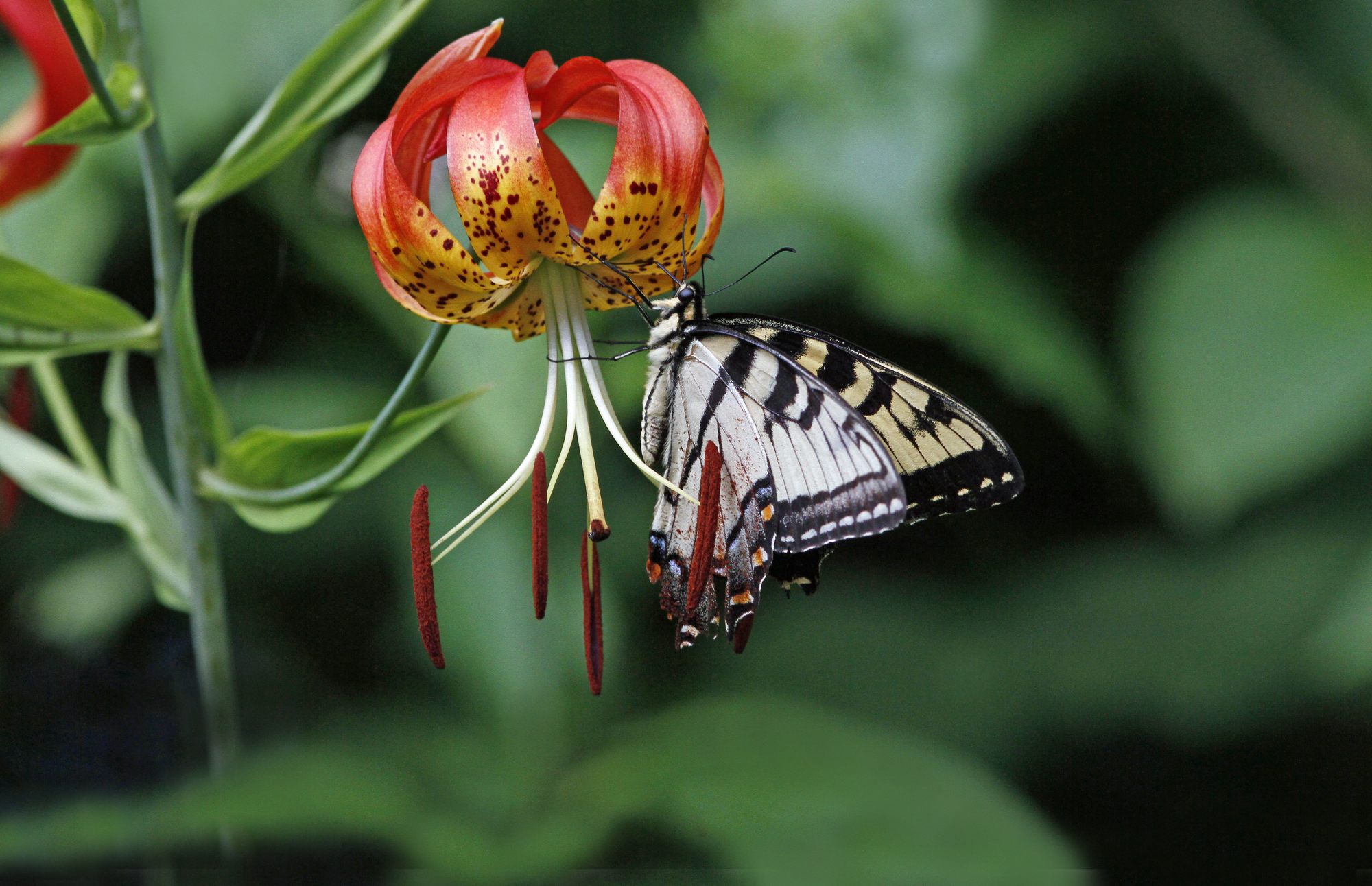program by Clay and Pat Sutton
Based on the Suttons’ landmark book by the same name (Stackpole Books, 2006, 568 pages), this program is the in-depth result of their efforts over many years documenting and protecting the migration and the hometown that they so love. Their program will share the storied history of birds and birding at Cape May – a place where bird studies in the Americas in part began.
Cape May’s ornithological history is unparalleled in North America, and over the years such titans as Alexander Wilson, John James Audubon, Witmer Stone, Edwin Way Teale, and Roger Tory Peterson have all worked and studied at Cape May. Clay and Pat will share the rich history of Cape May birding – from these early days until the emergent exciting discoveries of today. Expect a walk through time as they share images over the past 30 years and earlier, a journey that offers a unique perspective of both “Old Cape May” and the opportunities available today.
Cape May, at the southern tip of New Jersey, is one of the most famous and most visited birdwatching destinations in all of North America, visited by over 100,000 birders annually. It can be counted among the top birding areas and attractions in the world. Cape May’s fame as a birding Mecca is based on a unique combination of factors — its location and geography; the diversity, quality, and extent of the natural habitats found there; and the many protected natural areas available to birds and birders. Cape May is a major migratory bottleneck, “the neck of an hourglass,” where birds are funneled to the tip of the Cape May peninsula. Here, birders enjoy numbers and a variety of birds found at few other places. Over 444 species of birds have been found in the Cape May region. The program covers not only Cape May City, but “Greater Cape May” — north up the Atlantic Coast to places like Forsythe NWR and Barnegat, and west up the incomparable rural Delaware Bayshore into Cumberland County and beyond.
Expect a walk through the seasons, detailing major phenomena like the autumn raptor migration, the internationally-known spring shorebird gatherings, as well as the waterfowl, seabird, wader, owl, and songbird possibilities throughout the changing seasons.
Clay and Pat Sutton are veteran naturalists who have lived and worked at Cape May throughout their entire careers. They will share their insiders’ understanding of all that makes Cape May great. “Birds and Birding at Cape May” is the migration story both explained and brought alive by first-hand knowledge, lively anecdotes, and stories of both yesteryear, today, and the bright future.

Hi Pat.. On Monday, 10/2, I received an email from our garden club’s (The Gardeners) Conservation Chair Margie (Meg) Stevens regarding your Zoom meeting about birding in Cape May 10/2 and unfortunately I just saw the email. I would have loved to have attended. I’m interested in your advice on any specific areas you would suggest to go birding in Cape May. My husband and I will be in Cape May staying in condo near Congress Hall Wednesday 10/11-13. We are excited to experience fall migration and what Cape May has to offer in October. Any suggestions would be most appreciated.
Thank you
Cathy
I just joined your Gardening Gang and look forward to it!!
Hi Cathy, I just sent you an e-mail with tons of info about all that the Cape May Bird Observatory has to offer (maps, bird & butterfly walks, Monach Tagging demos, etc.) for your visit. Have a lovely time!